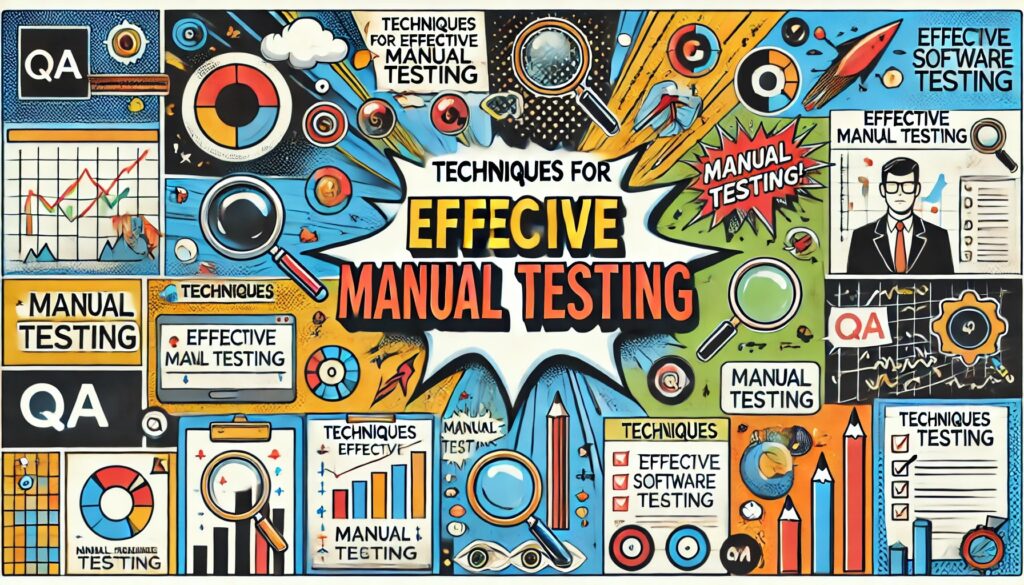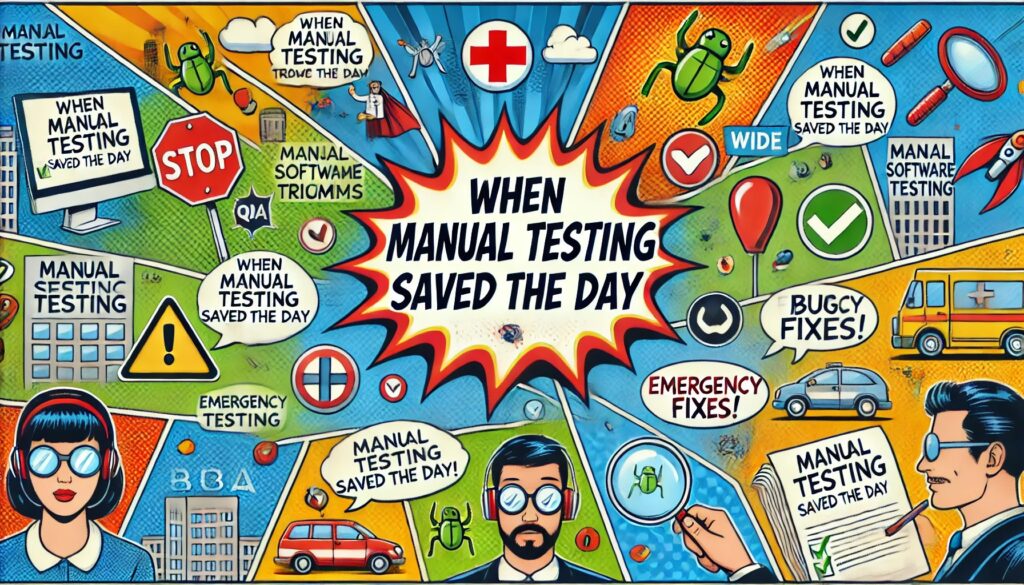Table of Contents
The Swiss Army Knife for Manual Software Testing: Tools, Techniques, and Strategies
Introduction: The Swiss Army Knife for Manual Software Testing
Manual software testing remains the backbone of quality assurance, ensuring precision, flexibility, and human intuition in identifying defects. But how do you equip yourself to tackle the complexities of modern software systems? Enter “The Swiss Army Knife for Manual Software Testing: Tools, Techniques, and Strategies”—a complete guide to mastering your craft. Whether you’re a seasoned QA engineer or a curious beginner, this article will provide actionable insights into essential tools, proven techniques, and winning strategies to supercharge your testing process.
1. The Role of Manual Testing in Modern QA
Manual testing isn’t obsolete; it’s an irreplaceable part of the software lifecycle. While automation handles repetitive tasks, manual testing focuses on usability, user experience, and exploratory testing.

Why Manual Testing Matters:
– Detects design flaws and usability issues.
– Provides a human-centric approach to testing.
– Excels in scenarios where automation is impractical.
Real-World Example: A fintech startup identified critical UI/UX issues during manual testing, which saved it from potential customer churn post-launch.
2. Must-Have Tools: Building Your QA Toolkit
Like a Swiss Army Knife, the right tools can handle various testing challenges. Here are the top tools every manual tester should consider:

Bug Tracking:
– Jira, Bugzilla, or Trello for efficient issue reporting and tracking.
Test Case Management:
– Tools like TestRail or Zephyr simplify organizing test cases.
Collaboration:
– Slack and Microsoft Teams streamline communication.
Productivity:
– Evernote and Google Sheets help manage workflows effectively.
Pro Tip: Combine free tools like Google Sheets with Jira to optimize cost-efficiency without sacrificing quality.
3. Techniques for Effective Manual Testing
Mastering manual testing requires deploying a variety of techniques:

Exploratory Testing:
– Dive into the application without predefined scripts to discover hidden issues.
Ad Hoc Testing:
– Conduct random tests for unexpected behavior.
Regression Testing:
– Verify that new changes haven’t broken existing functionality.
Boundary Value Analysis:
– Test edge cases to ensure application stability.
Quote: “Testing shows the presence, not the absence, of bugs.” – Edsger Dijkstra.
4. Strategies to Boost Testing Efficiency
Testing efficiency is about achieving more in less time without compromising quality. Adopt these strategies:

Early Involvement:
– Join the development cycle early to understand requirements better.
Test Prioritization:
– Focus on high-risk and business-critical areas first.
Mind Maps for Test Design:
– Visualize workflows to create structured test scenarios.
Pair Testing:
– Collaborate with developers for instant feedback.
Case Study: A retail e-commerce company reduced its defect rate by 40% by prioritizing early testing and customer-critical workflows.
5. Common Challenges and How to Overcome Them

Manual testers often face hurdles like:
Repetitive Tasks:
– Mitigation: Combine manual testing with automation for repetitive tasks.
Inconsistent Test Coverage:
– Mitigation: Use mind maps and test management tools for better organization.
Communication Gaps:
– Mitigation: Leverage collaboration tools to stay aligned with cross-functional teams.
6. Real-Life Scenarios: When Manual Testing Saved the Day

Scenario 1: An IoT-based healthcare app had critical usability flaws, detected only during manual testing, saving lives and the company’s reputation.
Scenario 2: A gaming app with exceptional test automation missed out on accessibility issues, which manual testers caught during exploratory testing.
For a deeper dive into related topics, check out these valuable resources from Naveed Chughtai’s blog:
Mastering Exploratory Testing Techniques
Common Software Testing Mistakes
Effective Strategies for Manual Testing
Choosing the Right Test Framework
Regression Testing: Why It’s Crucial
7. Best Practices to Elevate Your Testing Process
Adopting these best practices will sharpen your manual testing skills:

Continuous Learning:
Stay updated with industry trends and new tools.
Document Everything:
Maintain detailed test cases and defect logs.
Focus on User Experience:
Test through the eyes of the end user.
Conduct Peer Reviews:
Collaborate to identify blind spots in your testing.
Conclusion: Become the Ultimate QA Swiss Army Knife
Manual software testing is more relevant than ever. With the right tools, techniques, and strategies, you can elevate your QA process and become an invaluable asset to your team. Embrace the Swiss Army Knife approach and transform challenges into opportunities.
What is your next step? Start applying these insights today and see the difference in your testing outcomes. Share your experiences in the comments—let’s learn and grow together!



